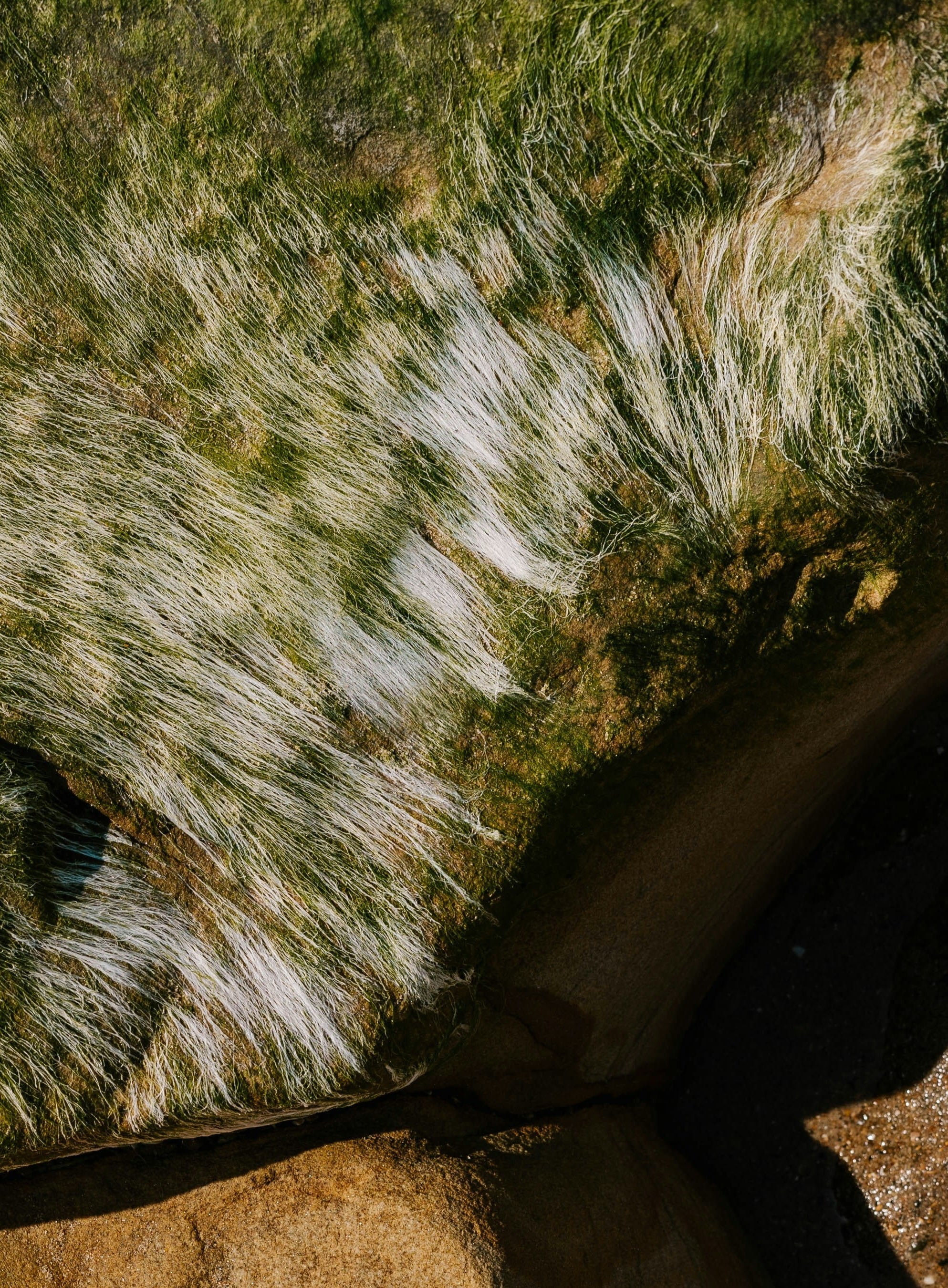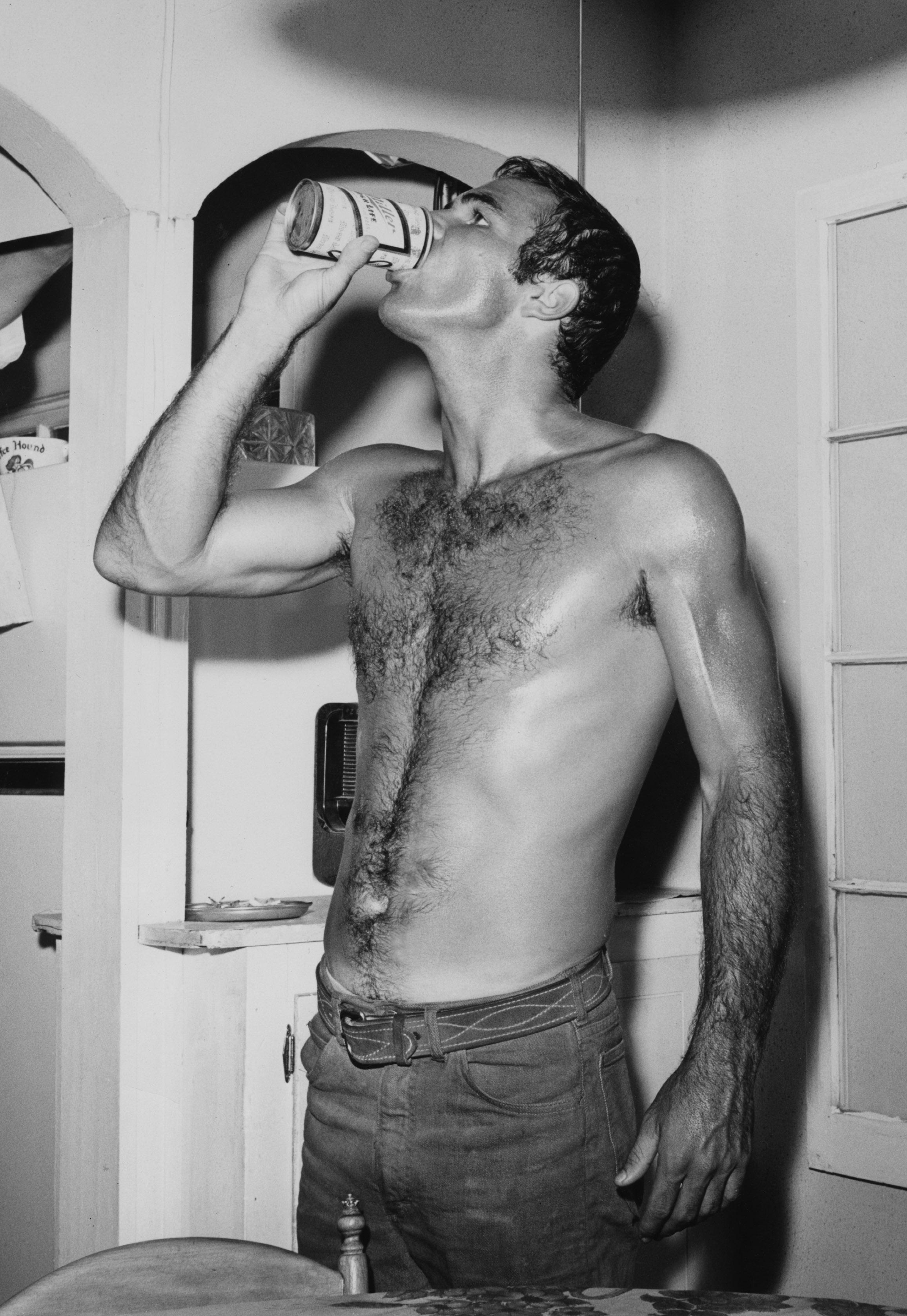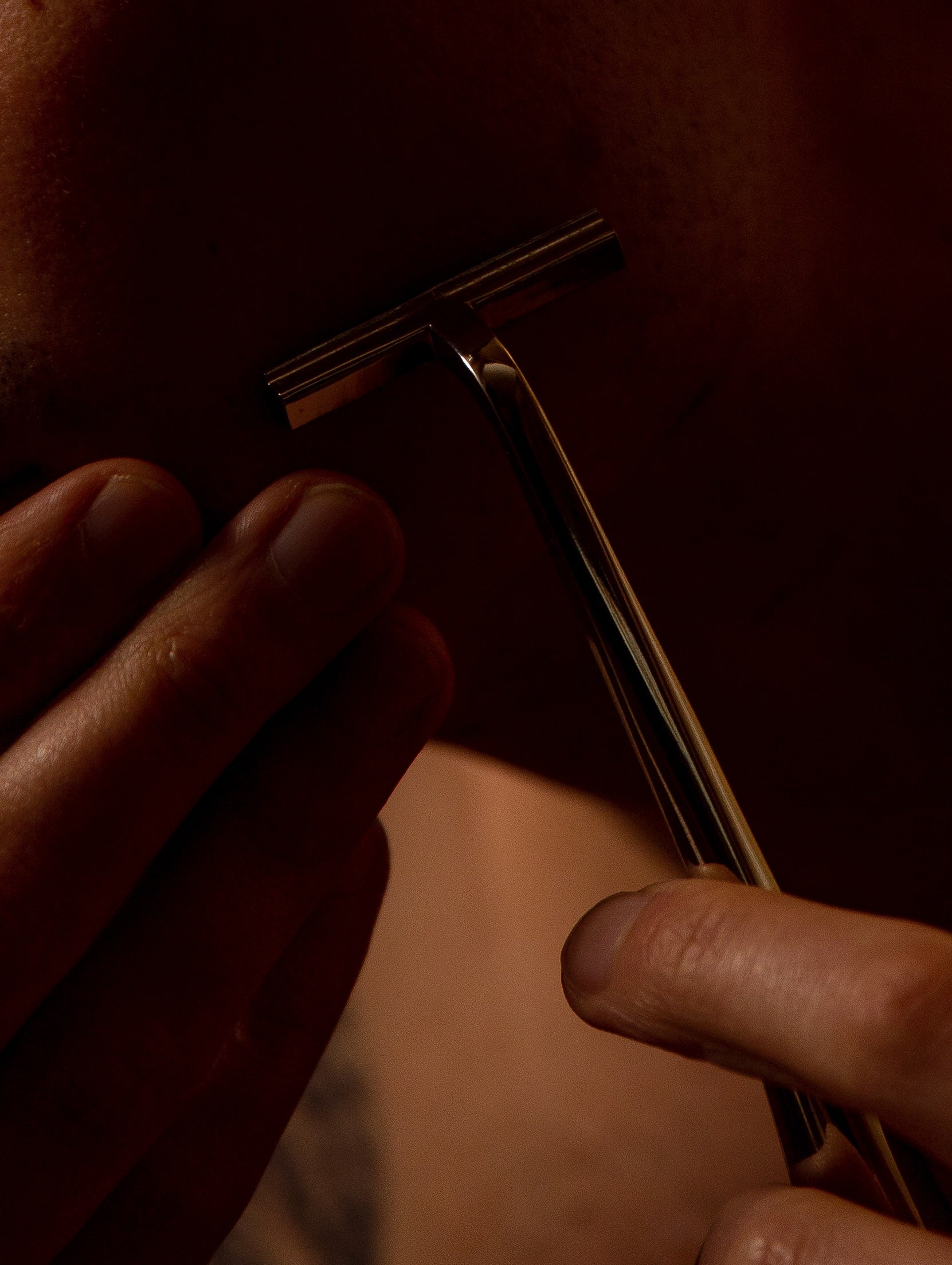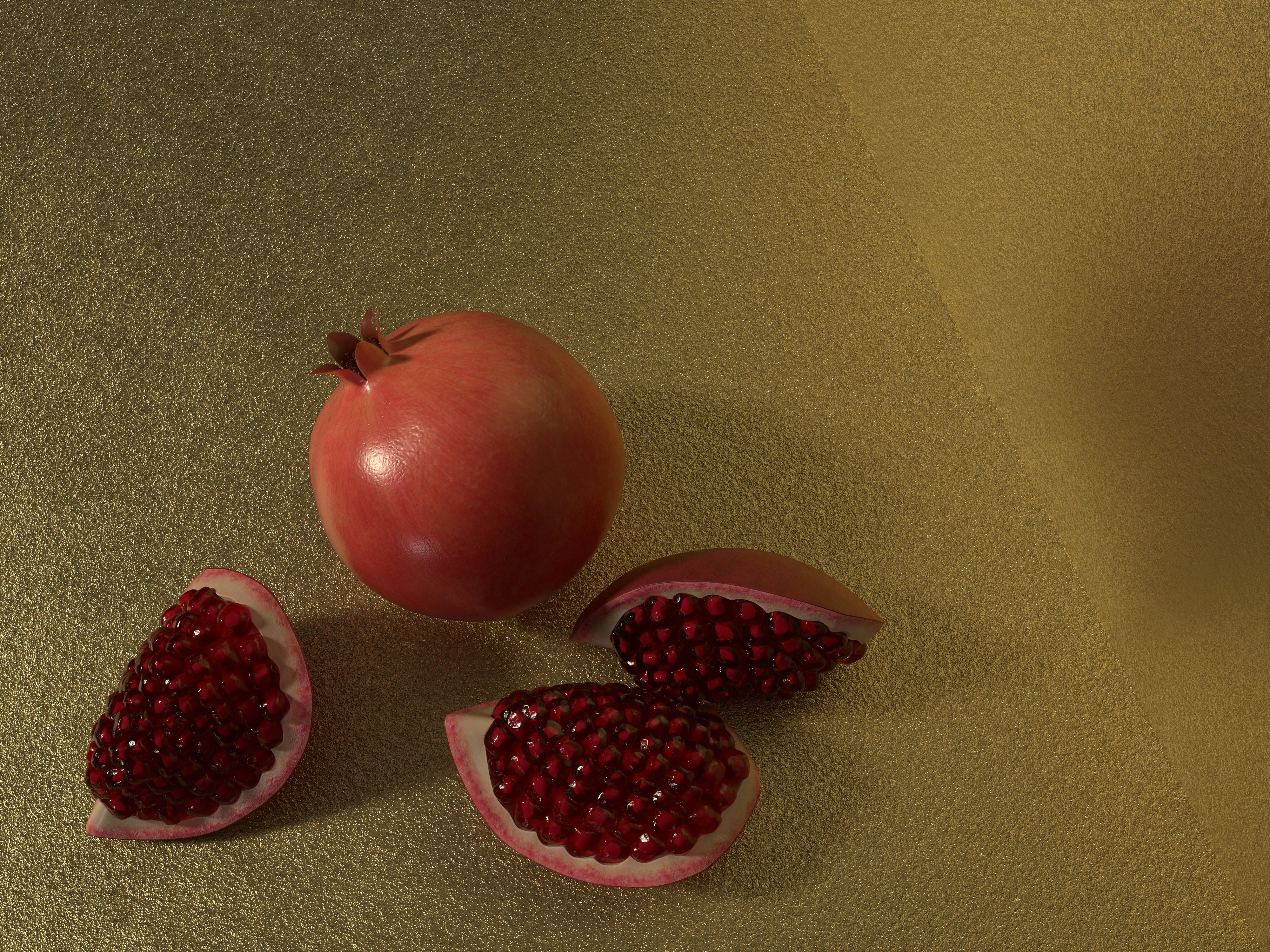The carpet matches the drapes: Intimate Grooming myths.
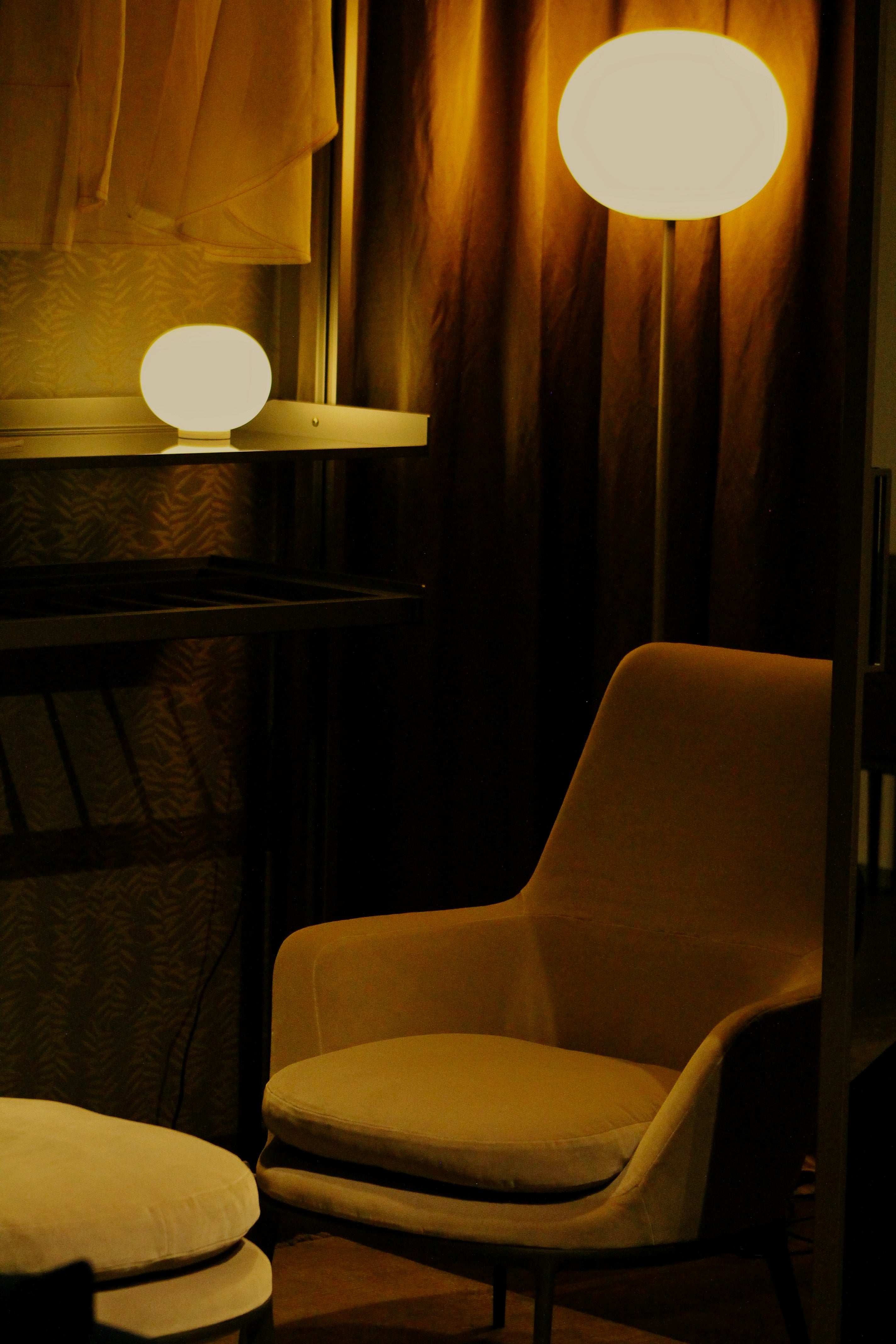
Putting the "personal" in personal grooming.
Like with pencil-thin brows, or over-the-knee boots, personal grooming trends move in cycles. Culturally speaking, we’ve oscillated between favoring full, untouched “bushes,” squeaky clean Brazilian waxes, geometric landing strips. We’ve tried shaving, waxing, sugaring, Nair, laser treatment, pubic oil. But amidst it all, there is no prevailing version of “proper” grooming.
Nevermind our hair-removal methods — which can range anywhere from exorbitantly painful, to wildly expensive — our intimate grooming practices are a matter of personal preference. Most of us will, at one point or another, test drive our options in order to assess what makes us most comfortable. Some of us will change our maintenance routines, seasonally. Others, throughout time, with age. So it’s only natural that, amongst all that discourse on pubic upkeep, a few myths may have been falsely generated over the years.
That’s why we’re rounding up the most commonly disseminated falsehoods about personal grooming — and the intel that’ll help you dispel them from memory.
The carpet matches the drapes
Perhaps the most beloved and oft-circulated of pubic hair myths, this drape-carpet-ism implies that the color and texture of one’s pubic hair (the carpet) matches the hair on one’s head (the drapes). Often, this is a platitude directed, specifically, at redheads. That said, the science doesn’t quite hold up. The color of the hair on your scalp is dictated by melanin in your body, which is secreted into each of your follicles. Melanin is typically far higher in the pubic region, however, so the color *down there* will be several shades darker than your head-hair.
Full pubic hair will impede your sex life
Rumors have long circulated about the relationship between pubic hair and sexual pleasure. And while folks may, of course, have sexual preferences with regard to hair, both in terms of attraction and comfort, there is no direct correlation between grooming habits and pleasure. Which is to say, if you enjoy a full bush, no pressure to pivot. The skin in your genital region is delicate (which is why it’s protected by pubic hair in the first place), but your erogenous zones are plenty accessible, regardless of your grooming habits.
Un-manicured pubic hair is a turn-off
To reiterate: There is no uniform opinion re: the sexual appeal of pubic hair. There are just as many folks who are deeply aroused by the presence (and the sensation) of full, natural pubic hair, as there are fans of a uniquely kempt or utterly hairless intimate grooming situation. Ultimately, it’s your body.
Removing pubic hair is good for vaginal health
While removing pubic hair might sound like an opportunity to do away with a hotbed for bacteria, that’s not exactly the case. Pubic hair exists to protect the fragile skin around genitalia. Sure, in special circumstances, it might carry unnecessary bacteria, but for the most part, balanced pH, not hair removal, is what leads to healthy genitalia. Plus, in some circumstances, waxing or shaving in intimate areas can cause more damage in the form of swelling, irritation, or ingrown hairs.
Pubic hair never stops growing
For whatever reason, the belief that, unlike other body hair, your pubic hair will grow forever if left to its own devices, is a popular misconception. This is, however, wildly untrue. Unlike the hair that grows from your scalp, your pubic hair has a threshold, no matter your grooming routine. It’ll stop growing naturally when it reaches a certain point — typically somewhere between 0.5 to two inches, though it varies from person to person.
